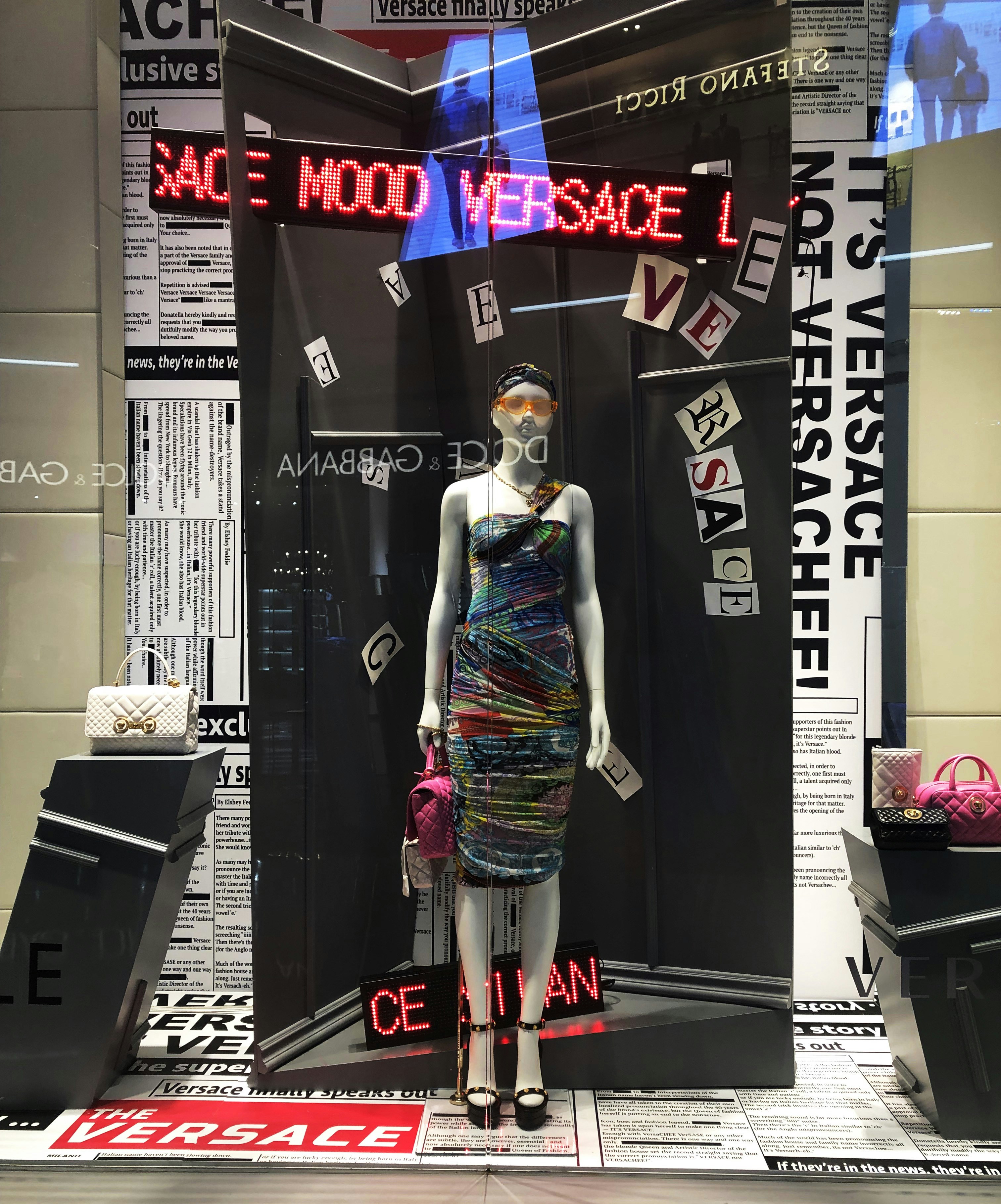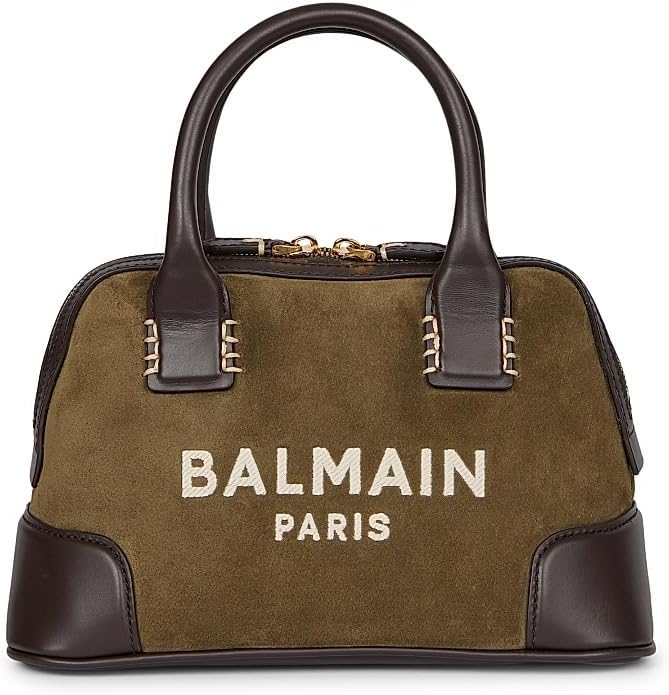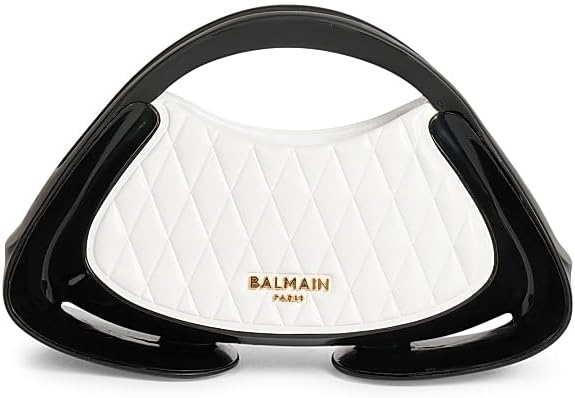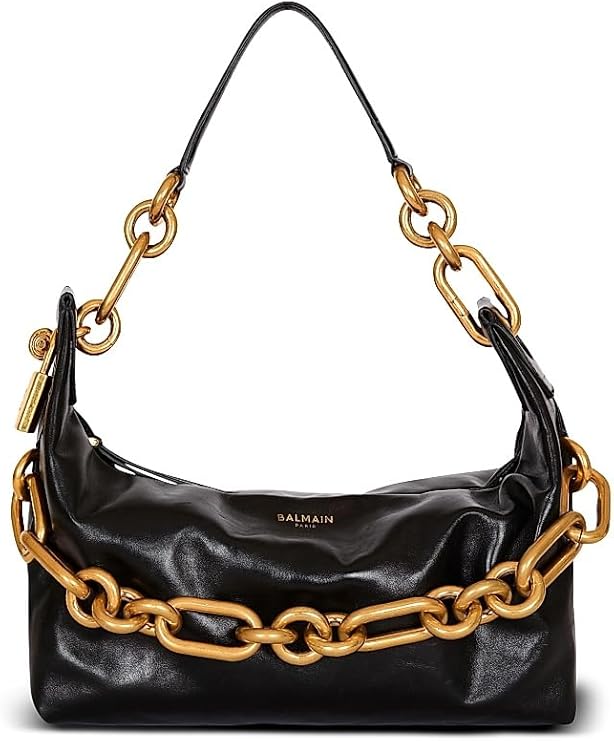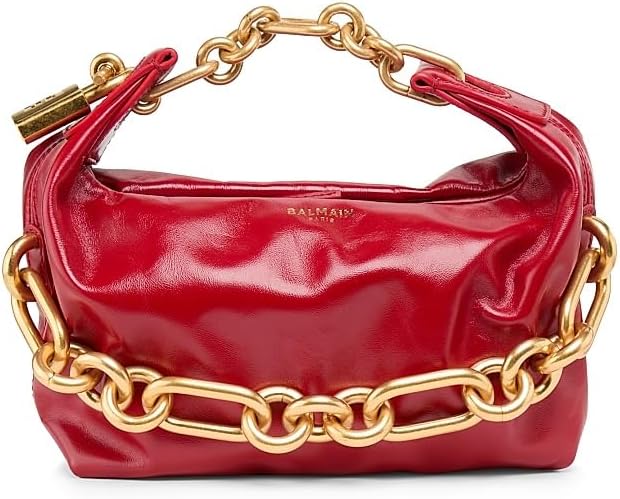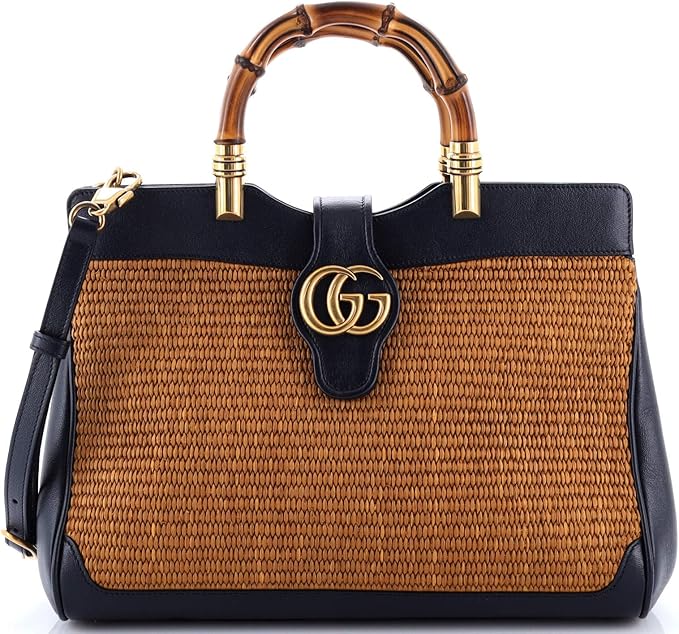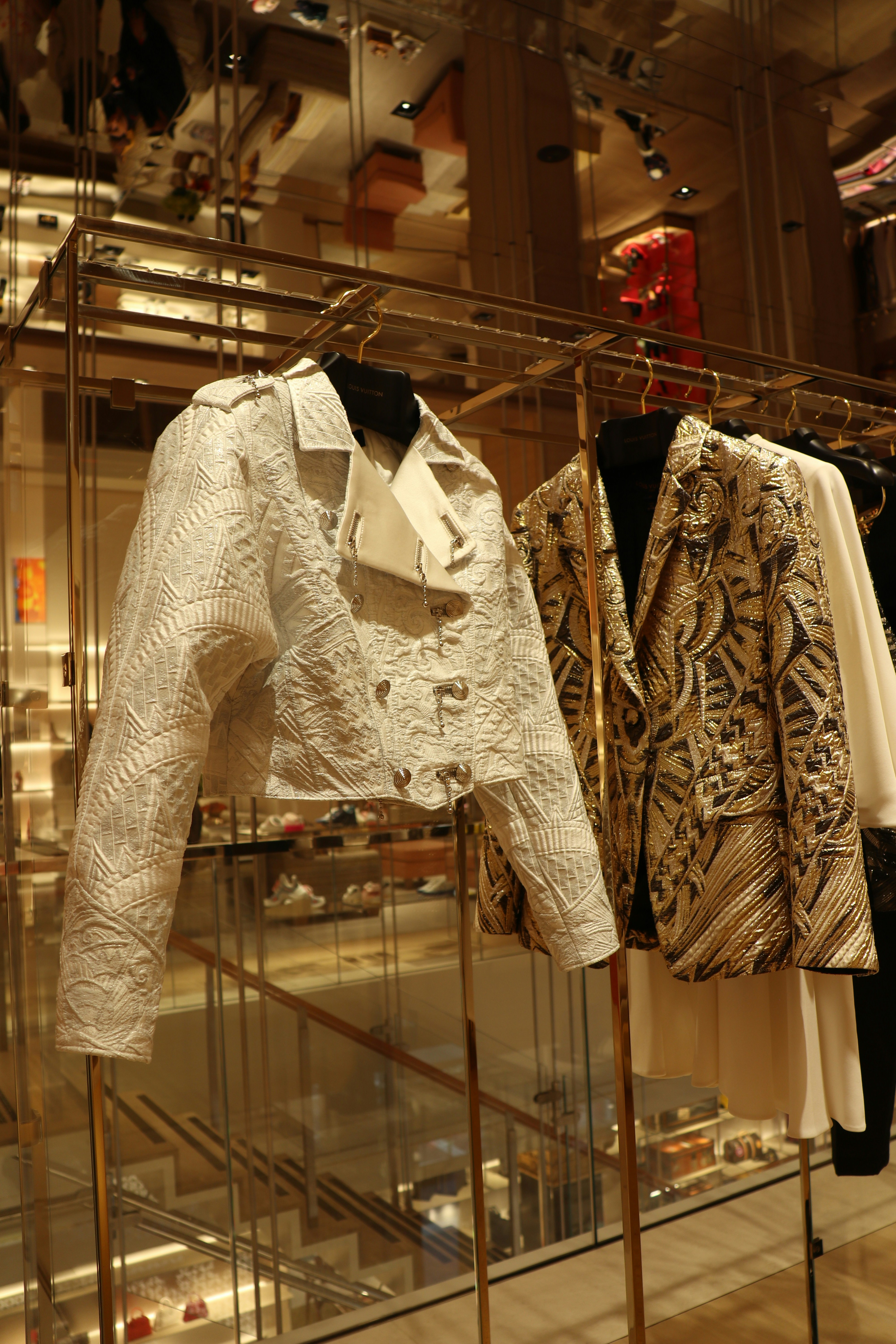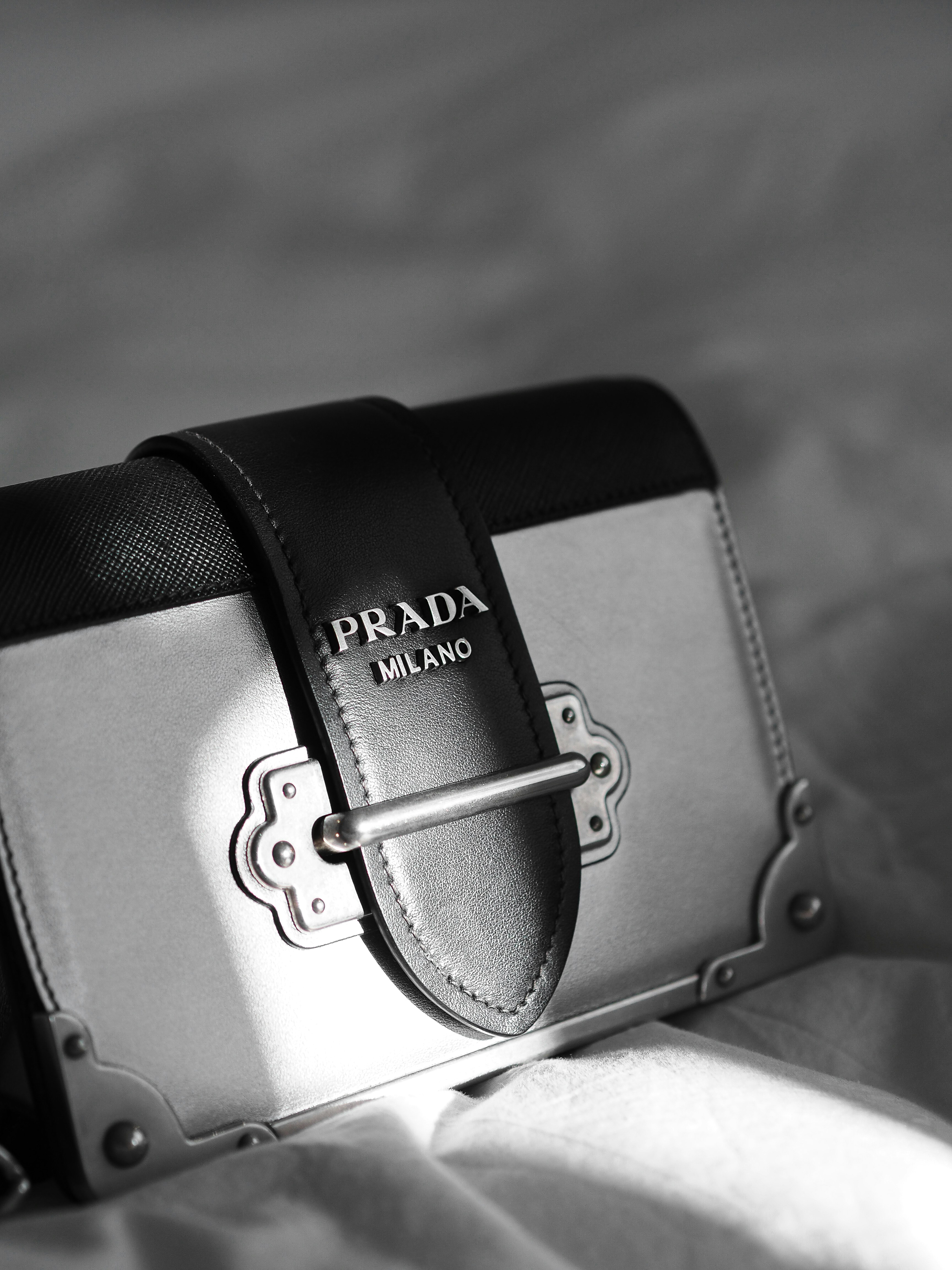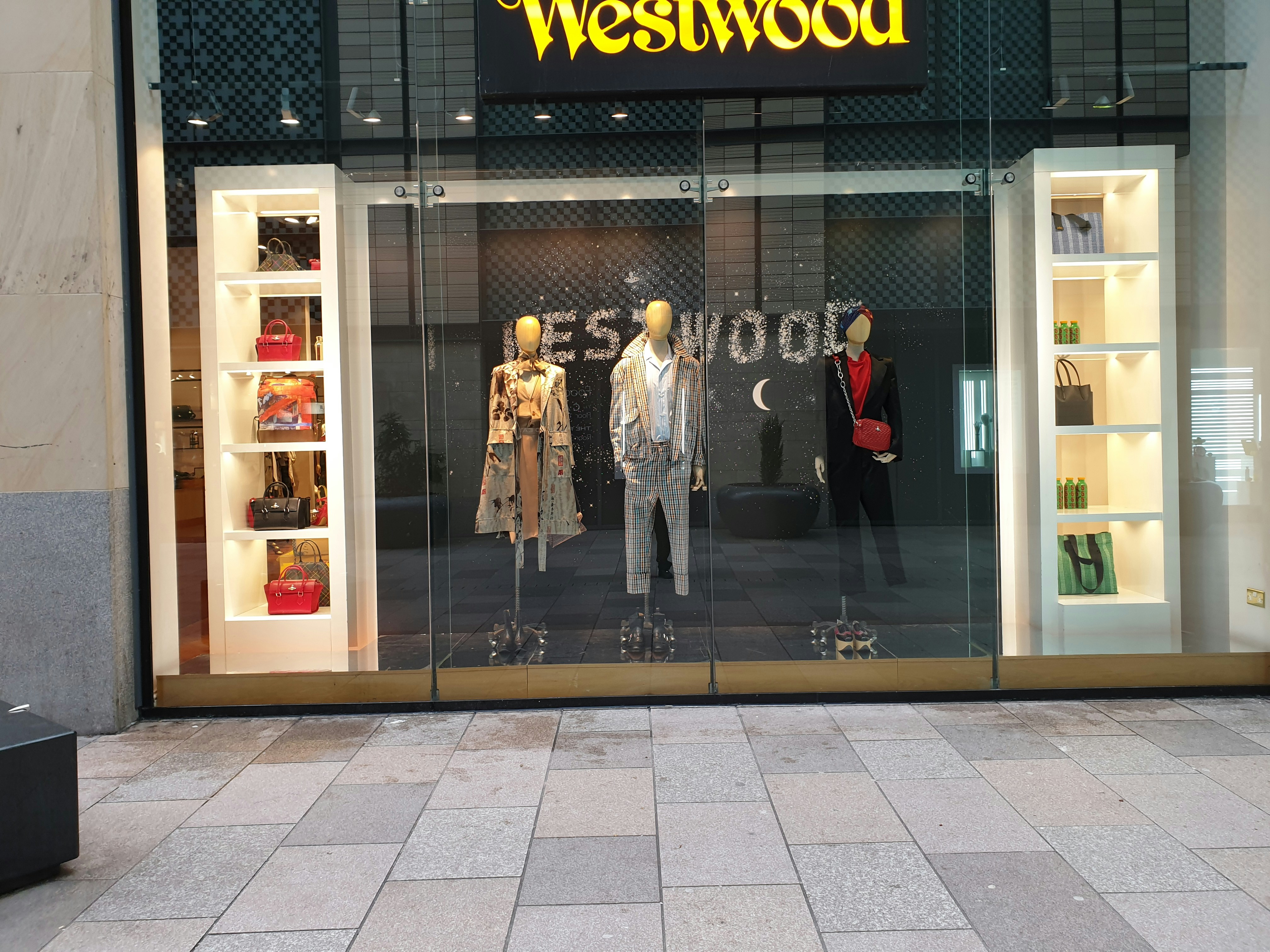The Birth of an Italian Icon: Versace’s Genesis in 1978
In 1978, the fashion world was graced with the emergence of Versace, a label founded by the visionary designer Gianni Versace. This year marked a pivotal moment in the evolution of Italian fashion, as Versace introduced a refreshing wave of innovation characterized by bold designs and expressive styles. Born in Reggio Calabria, Gianni brought a unique perspective shaped by his upbringing and a deep appreciation for art and culture. His vision was to create garments that transcended mere clothing, transforming them into bold statements of personal expression.
Amidst the backdrop of the Italian fashion scene, which was increasingly laden with traditional craftsmanship and reserved aesthetics, Versace’s approach was nothing short of revolutionary. He combined eclectic influences, sourcing inspiration from elements such as ancient Greek motifs, pop art, and the Baroque period, which later became iconic features of the brand. The initial collections showcased vibrant colors, daring cuts, and luxurious fabrics, all encapsulated in the opulent spirit that would become synonymous with Versace. This distinct style not only captured the attention of fashion aficionados but also resonated with a burgeoning celebrity culture that embraced flamboyance and extravagance.
Gianni’s refusal to conform to the norms of his time led to unparalleled success, quickly establishing Versace as a household name. The brand’s meteoric rise was underscored by high-profile endorsements and collaborations, further solidifying its status in the fashion industry. Events such as runway shows featured enthusiastic displays of the latest collections, attracting significant media attention. This interplay of creativity and commercial appeal marked the beginning of a legacy that would influence countless designers and fashion brands for decades. Versace’s unique ability to blend art with wearable fashion laid the foundations for what would become a defining era in Italian luxury fashion.
The Medusa Motif: Symbolism and Significance in Versace’s Fashion
The Medusa motif serves as one of the most recognizable elements of Versace’s aesthetic, deeply rooted in Greek mythology. In myth, Medusa is a Gorgon known for her beauty and ability to petrify those who gaze upon her. This duality of allure and fear positions Medusa as a powerful symbol, a theme that Versace often incorporates into its collections. The motif reflects not only a rich historical narrative but also the brand’s inherent values of strength and femininity. Within the context of fashion, the Medusa has evolved into an emblem of empowerment, capturing the essence of confidence that Versace aims to embody in its designs.
Versace’s use of the Medusa motif goes beyond mere decoration; it encapsulates the brand’s identity and philosophy. In the various collections that highlight this symbol, one can observe a consistent theme of opulence and dominance. The Medusa often appears in a multitude of ways—from extravagant prints to intricate embellishments—demonstrating its versatility across various garments. For instance, the iconic Medusa head appears prominently on silk scarves, handbags, and even formal wear, contributing to an overall sense of luxury and grandeur.
Notable pieces such as the Medusa print dress and accessories bearing the Medusa emblem have become synonymous with Versace’s signature style. These designs showcase not only the intricate craftsmanship associated with the brand but also the narrative power that the Medusa motif holds. Each piece reaffirms the interconnectedness of mythology and modern fashion, illustrating how Versace successfully intertwines cultural references with contemporary design. Ultimately, the Medusa motif is not merely a decorative element; it symbolizes an enduring legacy that resonates with themes of beauty, power, and seduction, pivotal to the ethos of Versace as a fashion powerhouse.
Baroque Glamour: A Defining Aesthetic of Versace’s Designs
During the late 1970s, the fashion landscape was significantly transformed by the emergence of Gianni Versace, whose distinctive aesthetic captured the spirit of the era. Baroque glamour became a hallmark of Versace’s designs, characterized by lavish opulence that was both bold and innovative. This aesthetic is replete with vibrant colors, intricate patterns, and luxurious fabrics, all elements that contributed to a profound impact on the fashion industry.
Vibrant colors were a staple in Versace’s creations, ranging from vivid golds to striking reds and blues. These hues were not merely for visual appeal; they conveyed a sense of exuberance and drama. Paired with elaborate patterns, such as swirling motifs and the iconic Medusa head, the designs drew inspiration from classical art and architecture, effectively merging the historical with the modern. The intricate patterns served multiple functions: they caught the eye, evoked luxury, and showcased the meticulous craftsmanship that defined the brand.
Luxurious fabrics were fundamental to the baroque glamour synonymous with Versace. Silk, brocade, and velvet were commonly utilized, lending an air of richness to the garments. The draping and structure of the clothing emphasized the body’s natural curves, a technique that imbued a sense of sensuality and confidence in the wearer. Signature garments from this period, such as the daringly cut dresses and tailored suits, became emblematic of the power and allure that Versace’s fashion represented.
Gianni Versace’s ability to meld baroque influences with high fashion fundamentally revolutionized not only the aesthetic of the time but also the perception of what luxury could embody. By daring to blend art with fashion, Versace paved the way for future generations of designers to explore similar pathways, securing his legacy in the annals of fashion history.
The Iconic Medusa Dress: A Testament to Versace’s Bold Vision
The Medusa dress, introduced by Gianni Versace in 1978, stands as a hallmark of the designer’s daring approach to fashion. Crafted from luxurious fabrics, this piece is distinguished by its prominent use of the Medusa motif, which embodies both allure and mystique. The dress not only showcases Versace’s innovative design philosophy but also reflects the cultural zeitgeist of the late 1970s, a period marked by a burgeoning acceptance of bold, expressive styles. The intertwining of art and fashion is evident in this design, which elegantly merges classic artistic elements with contemporary aesthetics.
In essence, the Medusa dress operates at the nexus of high fashion and cultural commentary. Its intricate patterns, inspired by ancient Greek mythology, serve as a powerful metaphor in a time where individuality and self-expression were becoming increasingly celebrated. The choice of Medusa, a figure both feared and admired, reflects a complex narrative that resonates within the fashion community. This dress signifies more than a garment; it is a statement of empowerment and identity that has continuously inspired modern designers and fashion enthusiasts alike.
The impact of the Medusa dress transcends its immediate era. Numerous celebrities and influencers have donned this iconic piece, which has become synonymous with sophistication and audacity. High-profile figures, such as Princess Diana and Jennifer Lopez, have embraced the Medusa dress, elevating its status as a cultural artifact within fashion history. By adopting this striking design, they have contributed to its legacy and ensured its relevance across decades. Ultimately, the Medusa dress remains a testament to Versace’s bold vision and serves as a reminder of the designer’s capacity to fuse art with fashion, leaving an indelible mark on the industry.

